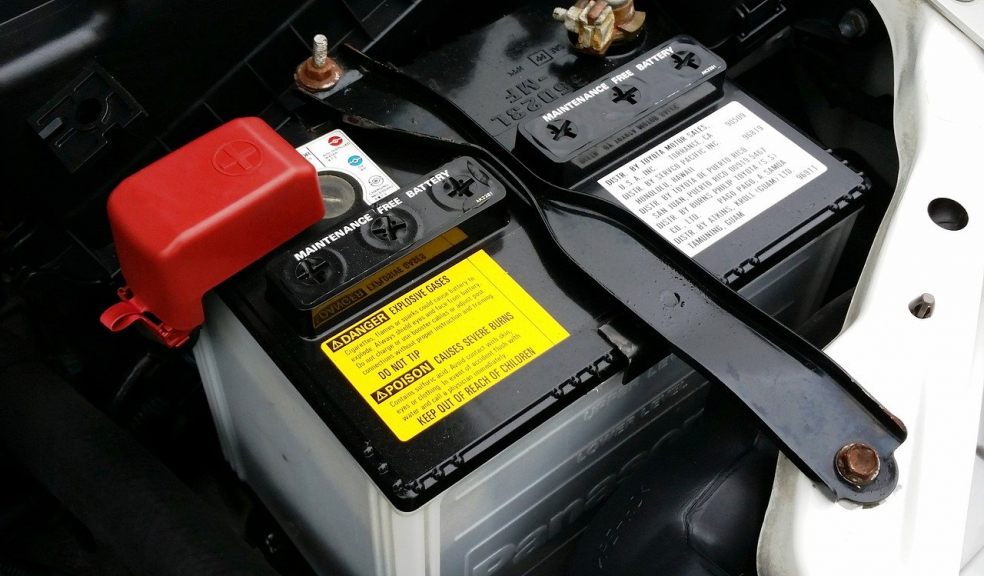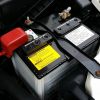
How to test a car battery
During a routine maintenance check, a car battery is one component that is likely to be overlooked by many drivers. Despite there being many batteries today that do not require regular maintenance, it is vital to frequently ascertain that your car’s battery is in a top condition to avoid any form of inconveniences at the most critical times.
There are various ways of testing a car’s battery, including:
Testing your car battery with a multimeter
Multimeters, especially the digital multimeter for automotive use/automotive multimeter, provide the most straightforward way of checking your battery. To find if your car has enough juice to sustain its functionalities, you need first to set the voltmeter to 20DC. You then connect the positive meter probe with the battery’s positive terminal and do the same for the negatives. Turning on the headlights will provide the battery with a light load to enable you to observe the readings.
A reading of 12.5 Volts or higher indicates a well-charged battery. 12.3 Volts suggests a 75% charged battery, and 11.8 Volts or lower hints a 25% or less charged battery. A lower reading can be boosted by charging the battery or can warrant battery replacement if there are no changes after loading.
Testing the battery using an ammeter
During the old days, most vehicles had preinstalled ammeters. New cars mostly use voltmeters. The former works differently compared to the voltmeters. Instead of reading voltage across the ground or positive wire, ammeters read how much and in which direction electricity is flowing. Consequently, ammeters not only let you know the battery’s charging condition but also whether the charge is going in or out of the cell, thereby indicating the generator’s health. Just like the multimeters, strong readings in ammeters indicate a healthy battery and lower charges a weak battery.
Testing your car battery using a power probe
The power probe provides an excellent solution to testing a car’s battery, especially in cold areas. It is a simple process that involves connecting the probe’s connective leads to their corresponding positive and negative counterparts. Once the positive is connected to positive and negative to negative, the power probe indicates the battery’s health using the aforementioned readings in the multimeter coverage.
Testing a battery using a hydrometer check
A hydrometer is a device used to measure the specific gravity (density or weight) of the electrolytes inside a cell. This information can consequently be used to determine the health of a car’s battery. To apply the device, you will have to remove the caps from the top of the battery and submerge the tip of the hydrometer into the first cell of the battery while squeezing the bulb. The bulb is then released to allow electrolytes to enter the hydrometer’s needle and readings noted. The process is repeated with the battery’s second cell and the results obtained compared to the manufacturer’s instructions.
Testing a car battery using a battery load tester
Finally, just like most other testers, the positive and negative components of their lead tester need to be connected to their corresponding positive and negative battery terminals, respectively. A voltage rate of between 10 Volts to 10.5 Volts indicates a good battery while 9 Volts indicate a weak battery in need of replacement.

















